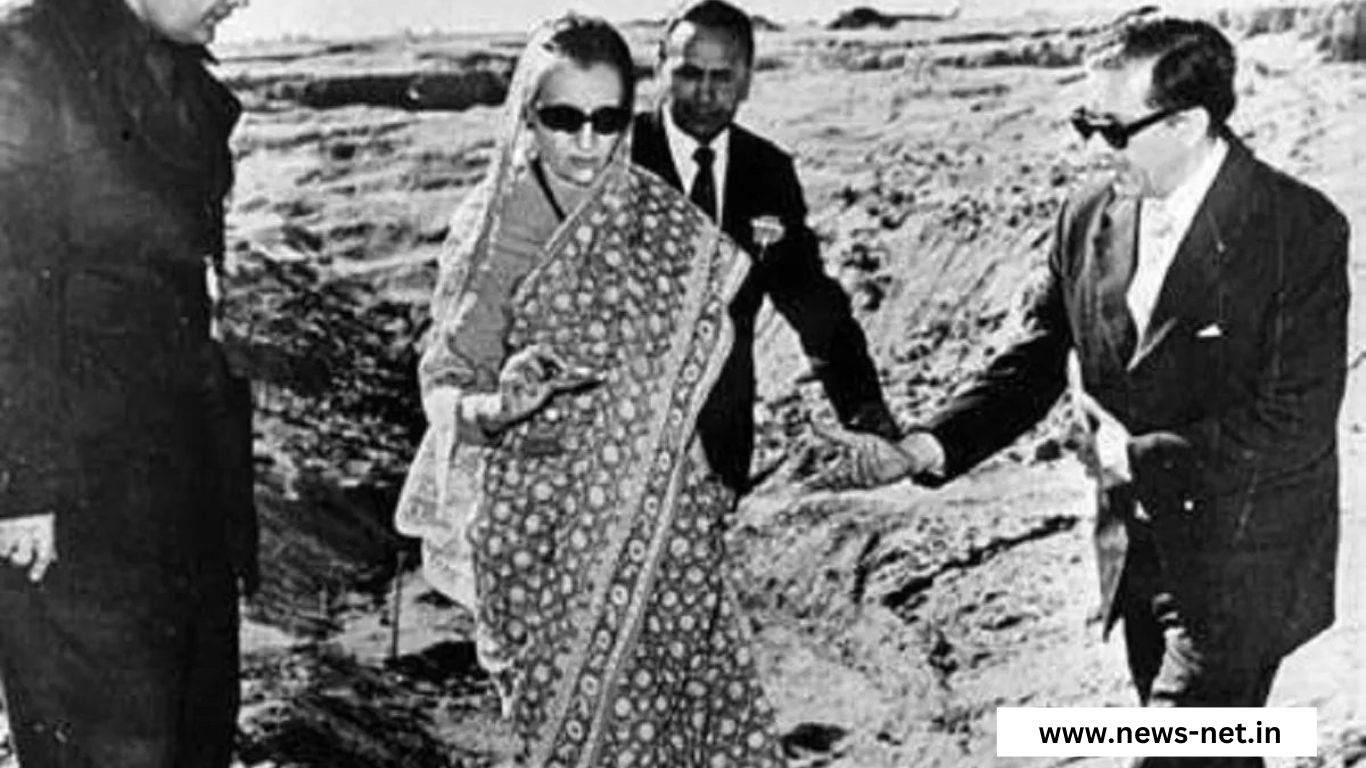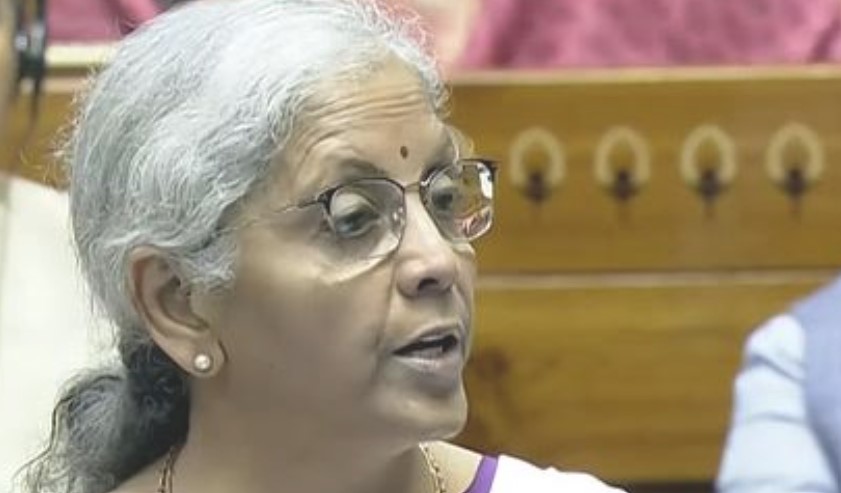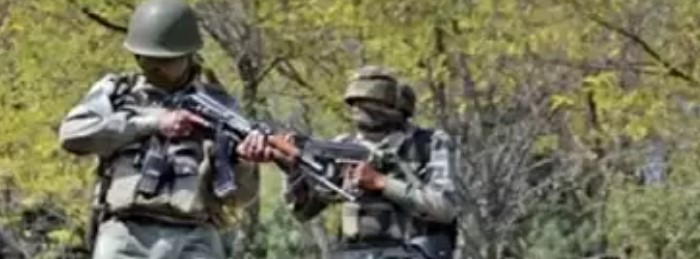New Delhi: Fifty years ago today, India conducted its first nuclear test, a significant moment in the country’s history. On May 18, 1974, at 8:05 am, the world was astonished when India conducted its first nuclear explosion in Pokhran, Rajasthan. This test, named “Smiling Buddha”, marked India’s entry into the League of Nuclear-Armed Nations, a move for peaceful purposes and self-defense.
Historical test
Prime Minister Indira Gandhi, known as the Iron Lady of India, was at the helm during this crucial period. His leadership and decision-making were crucial in equipping India with nuclear capabilities. The test was conducted in utmost secrecy, with even the Defense Minister not aware of the exact details. The decision was a strategic one, with India insisting that its nuclear capabilities were for peacekeeping and deterrent rather than offensive purposes
Privacy and Performance
The preparation and implementation of the trial was shrouded in secrecy. Explosives and other materials were secretly transported from Mumbai to Pokhran. Dr. Raja Ramanna, who played an important role in the test, said that it was basically a bomb designed to demonstrate India’s nuclear power. The blast was carried out by BARC Director Pranab Dastidar, marking a significant achievement in India’s scientific community.
Global and national impact
At that time, only the permanent members of the United Nations Security Council conducted nuclear tests. India’s successful conduct of the test despite global espionage was a testament to the country’s growing scientific and technological capabilities. This achievement not only established India as the world’s sixth nuclear power, but also symbolized the country’s resolve and ingenuity.
Heritage and commemoration
Congress general secretary Jairam Ramesh, in a recent post on X, highlighted that the test, called a ‘peaceful nuclear explosion’, was a courageous decision taken by Indira Gandhi two years ago. The foundation of India’s nuclear program was laid in the late 1940s under the leadership of Jawaharlal Nehru and Homi Bhabha. His vision and cooperation were instrumental in establishing India’s nuclear capabilities.
Today, as we celebrate this historic event, we also honor the contributions of Homi Sethna and Raja Ramanna, who led the team that made Pokhran-1 possible. His efforts have greatly advanced the scientific and technological frontiers of India.
Congress tribute
On the 50th anniversary, the official X handle of the Congress Party celebrated this monumental achievement by acknowledging the leadership of then Prime Minister Indira Gandhi. This historic event not only strengthened India’s defense capabilities but also marked the country’s entry into the nuclear age, a legacy that continues to influence its strategic and scientific activities
As India contemplates this important milestone, the contributions of its leaders and scientists are a reminder of the country’s commitment to peaceful progress and national security.




